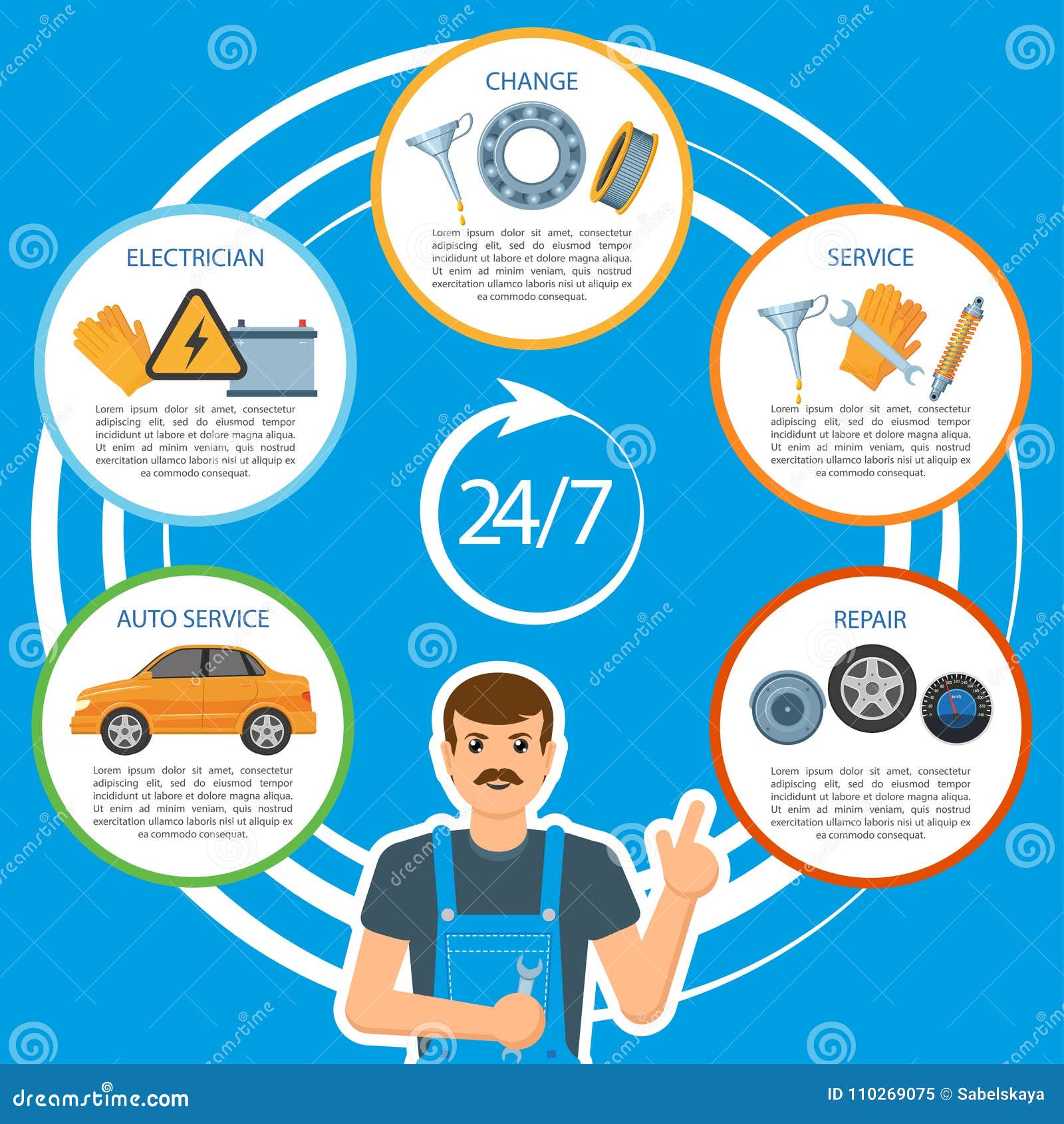Assessing Your Automobile'S Caution Indicators: What They Really Communicate
Assessing Your Automobile'S Caution Indicators: What They Really Communicate
Blog Article
Write-Up Author-Higgins Shepherd
When you lag the wheel, those glowing caution lights on your control panel can be a bit perplexing. Do you understand what they're attempting to tell you regarding your cars and truck's health and wellness? Recognizing the relevance of these lights is important for your safety and the durability of your automobile. So, the following time one of those lights turns up, wouldn't you want to understand its message accurately and take the needed actions to address it?
Common Caution Lights and Interpretations
Identify usual warning lights in your vehicle and understand their significances to ensure safe driving.
One of the most common warning lights consist of the check engine light, which signals problems with the engine or emissions system. If this light begins, it's vital to have your car examined quickly.
https://what-is-ecu-tuning39406.izrablog.com/31769046/exposing-one-of-the-most-widespread-mistaken-beliefs-in-automobile-repair warning light indicates reduced oil stress, calling for immediate attention to prevent engine damage.
A blinking battery light might recommend a defective billing system, potentially leaving you stranded otherwise addressed.
The tire stress surveillance system (TPMS) light informs you to low tire pressure, influencing lorry stability and gas effectiveness. Ignoring carwasheasttamaki could bring about hazardous driving problems.
The abdominal light suggests a trouble with the anti-lock braking system, endangering your capacity to stop swiftly in emergency situations.
Finally, the coolant temperature warning light warns of engine overheating, which can result in extreme damage if not solved promptly.
Comprehending these common caution lights will help you resolve problems immediately and maintain secure driving problems.
Relevance of Prompt Focus
Recognizing the typical caution lights in your vehicle is just the first step; the importance of without delay resolving these cautions can not be stressed enough to ensure your security when driving.
When a caution light illuminates on your dashboard, it's your automobile's method of connecting a possible concern that requires focus. Neglecting these cautions can cause extra extreme problems in the future, endangering your security and potentially costing you extra in repairs.
Prompt attention to advising lights can avoid breakdowns and crashes. For instance, a flashing check engine light could show a misfire that, if left neglected, could trigger damage to the catalytic converter. Addressing this immediately can save you from an expensive fixing.
Likewise, a brake system advising light may indicate reduced brake fluid or worn brake pads, important parts for your security when driving.
Do It Yourself Troubleshooting Tips
If you notice a warning light on your control panel, there are a couple of DIY fixing pointers you can try before looking for professional help.
The primary step is to consult your automobile's guidebook to understand what the specific warning light shows. Occasionally the concern can be as straightforward as a loosened gas cap activating the check engine light. Tightening the gas cap may solve the issue.
One more usual problem is a low battery, which can set off various cautioning lights. Examining the battery connections for rust and ensuring they're safe could fix the problem.
If a warning light lingers, you can attempt resetting it by detaching the car's battery for a couple of mins and afterwards reconnecting it. Furthermore, checking your vehicle's fluid levels, such as oil, coolant, and brake liquid, can assist troubleshoot advising lights connected to these systems.
Conclusion
Finally, recognizing your vehicle's caution lights is vital for keeping your automobile running efficiently and safely. By promptly resolving these notifies and understanding what they suggest, you can avoid costly repairs and potential failures.
Remember to consult your automobile's handbook for specific details on each cautioning light and take action appropriately to ensure a hassle-free driving experience.
Remain educated, remain safe on the road!
